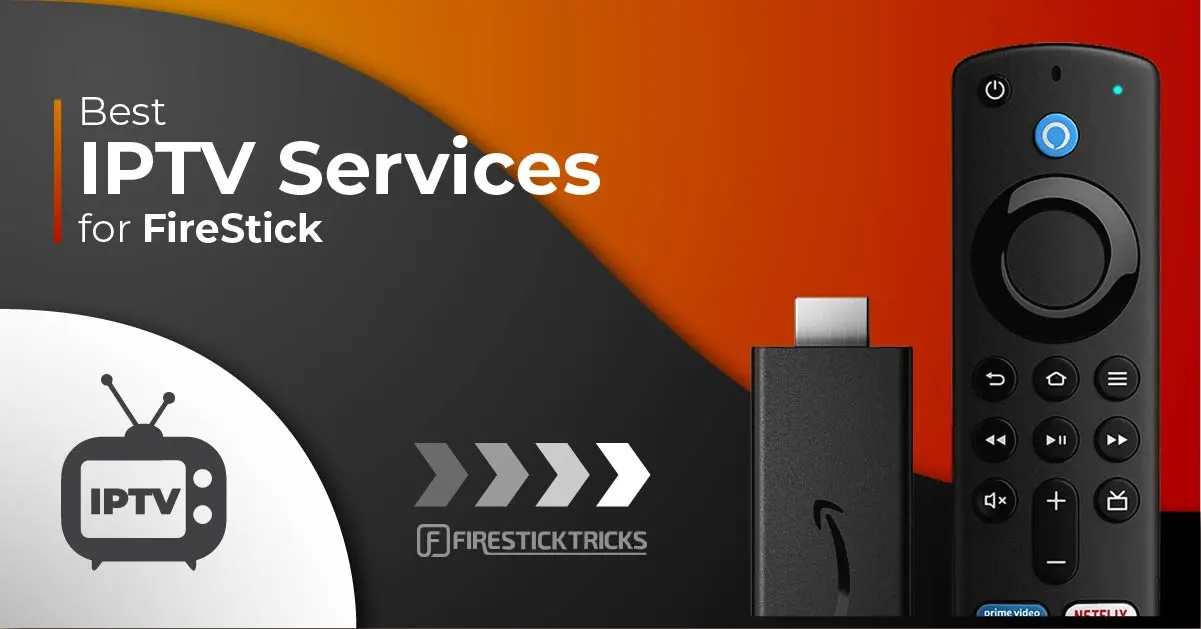Experience Smooth Streaming: Enroll In Our IPTV Subscription
Experience Smooth Streaming: Enroll In Our IPTV Subscription
Blog Article
Just How IPTV Works: A Step-by-Step Guide to Internet Method Television Technology
Net Procedure Tv (IPTV) has transformed the means we eat tv content, supplying a brand-new world of opportunities through the power of the web. Comprehending the details of how IPTV functions can drop light on the modern technology that drives this ingenious type of media distribution. From the basic principles of IPTV to the complicated process of web content shipment, each action plays a vital duty in ensuring a smooth viewing experience. In this guide, we will certainly reveal the underlying devices that make IPTV an interesting combination of technology and entertainment.
IPTV Essentials
In understanding IPTV essentials, it is crucial to grasp the fundamental workings of this technology in delivering tv content over the web. IPTV, which stands for Internet Protocol Tv, makes use of Net Procedure (IP) networks to transfer tv content to customers' tools. Unlike typical methods of relaying television web content with wire or satellite signals, IPTV streams media through high-speed net links.

Moreover, IPTV enables interactive capabilities, such as video clip on need (VOD) and electronic program guides (EPG), improving the user experience by giving even more control and versatility in accessing material. Overall, comprehending the essentials of IPTV establishes the foundation for exploring its advanced functionalities and the benefits it provides to modern-day tv consumption.
Web Content Shipment Refine
Effective material delivery in IPTV systems involves a well-structured procedure that ensures seamless transmission of tv content over IP networks. The web content distribution process in IPTV starts with the development of the video clip material, which is after that inscribed into digital format suitable for IP transmission.

Middleware Functionality
With the assimilation of middleware, IPTV systems gain boosted performance that streamlines individual interaction and material monitoring. One of the crucial features of middleware in IPTV is to allow tailored individual experiences by giving functions such as interactive program overviews, video-on-demand services, interactive marketing, and customer preferences administration.

Device Compatibility
Given the pivotal role of middleware in making it possible for smooth communication and web content administration in IPTV systems, an essential facet to think about is the compatibility of tools made use of for accessing the IPTV services. Gadget compatibility is essential for making sure a smooth user experience and ideal efficiency when accessing IPTV material.
In the context of IPTV, device compatibility describes the ability of a device to successfully engage with the IPTV service, present content properly, and sustain the necessary protocols and codecs for streaming video web content over the net. Various gadgets, such as smart Televisions, set-top boxes, mobile phones, tablets, and computer systems, might have varying degrees of compatibility with IPTV services.
To ensure a smooth viewing experience, it is essential for customers to select devices that work with the particular IPTV solution they are utilizing. Additionally, IPTV company need to use support for a large range of tools to accommodate the varied needs of their customer base. By prioritizing tool compatibility, both users and provider can boost the total IPTV experience.
Top Quality of Service (QoS)
Considering the important duty of keeping a high criterion of efficiency and reliability in visit this website IPTV systems, making certain consistent Top quality of Solution (QoS) remains a fundamental facet of the individual experience. QoS in IPTV refers to the ability of the system to supply content with marginal disruptions, high resolution, and fast filling times.
Solution suppliers use QoS systems such as web traffic prioritization, buffering, and error adjustment to preserve a secure IPTV solution. By prioritizing IPTV traffic over less time-sensitive information, providers can ensure smooth playback even throughout optimal usage hours. Buffering helps make up for network fluctuations, while mistake adjustment strategies enhance information stability.
Constant tracking and optimization of QoS specifications are vital to adjust to altering network problems and individual demands. Ultimately, a robust QoS framework is essential for providing a seamless and delightful IPTV experience Read Full Report to individuals.
Final Thought
In verdict, IPTV runs via the transmission of tv content over internet protocol networks. Top quality of Solution plays an essential role in maintaining the efficiency and integrity of IPTV solutions - IPTV subscription.
Report this page